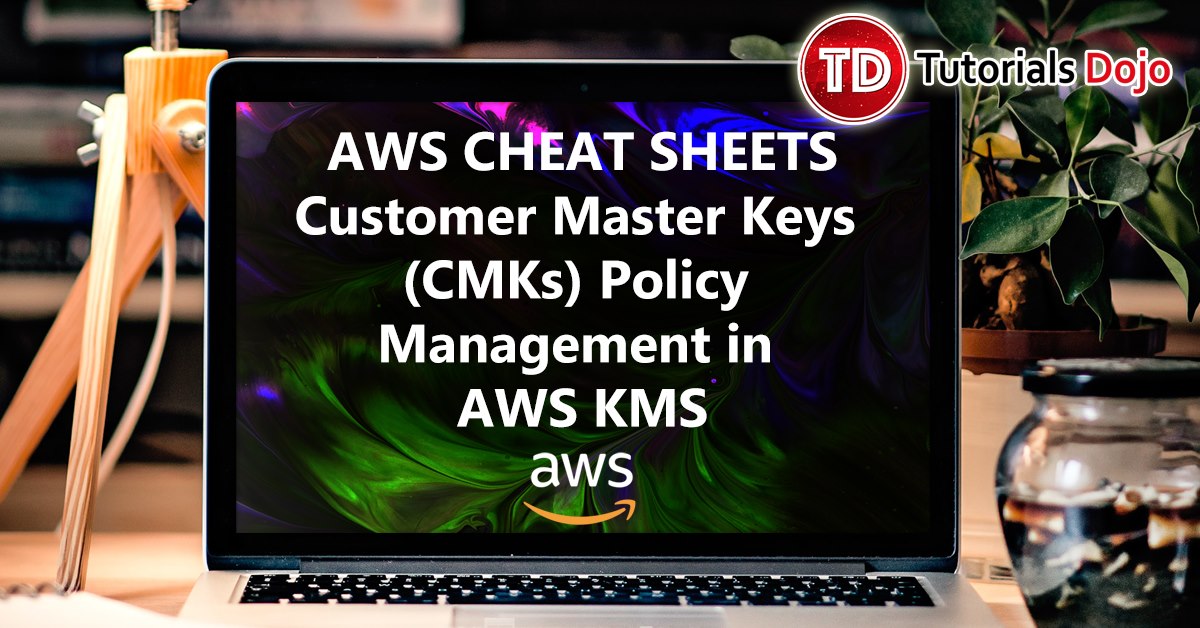Customer Master Key (CMK) Policy Management in AWS KMS
Jon Bonso2023-06-07T04:11:41+00:00What is a Customer Master Key (CMK)? In security, a master key is what you use to encrypt all other encryption keys in your system. Customer master keys are logical representations of a master key. They are the primary resources in AWS KMS. The CMK contains the key material used to encrypt and decrypt data. It also contains metadata such as the key ID, creation date, description, and key state. You can start using AWS KMS through the web console or via API. There are two types of CMKs that you can create in AWS KMS: symmetric CMK and asymmetric [...]











